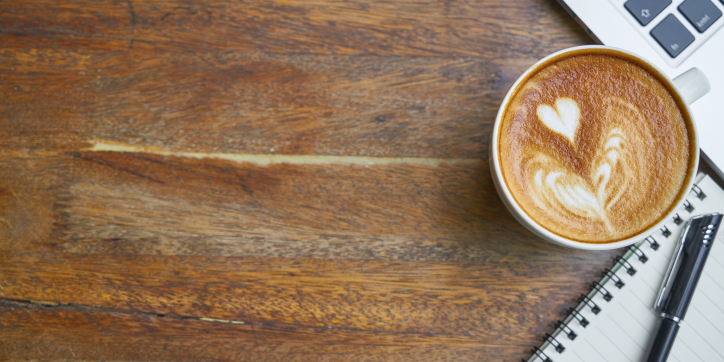Guide to HMRC subsistence allowance & expenses

In the UK, HM Revenue and Customs (HMRC) allows you to claim business expenses under the term “subsistence allowance.” But what is included in a subsistence allowance? What is not? And how can you claim it?
What is a subsistence allowance?
Subsistence is defined as the act of sustaining yourself, particularly at a basic level. So in other words, the basic stuff you need to get through your day. For the purpose of business expenses, it’s also known as a per diem or meal allowance - the inexpensive costs that you need while out on the road; food, drink, that sort of stuff. These expenses matter because if they’re designated as a business cost, then businesses do not have to pay tax on them, and that means savings! You are also able to claim back any VAT spent on these.
How does the HMRC subsistence allowance work?
Fortunately, HMRC’s subsistence allowance guidelines account for more than just meals. It also includes parking charges, tolls, congestion charges, and (business-related) phone calls. HMRC sets conditions and standard rates which you can claim back any tax spent on these. When looking for this online you will see HMRC call this "scale rate payments".
The main stipulations required to claim meal expenses are:
- Cost of food or drink must be incurred after the business trip has started
- The trip must not be their usual commute and be done as part of their job.
- The journey must take the employee away from their usual place of work for 5 hours or more.
As of April 2019, HMRC no longer requires businesses to provide receipts for every cost incurred as part of a business journey. This means a lot less paperwork for business owners and finance teams. Now businesses can claim a set amount for each day of travel and only need to demonstrate that an employee has incurred some kind of expense during their business trip. So, if an employee on a business trip eats three meals, they actually only need to provide proof (a receipt) for one of those meals.
What are the HMRC domestic subsistence allowance rates?
HMRC updates the exact amounts that can be claimed as part of subsistence allowance every year, so make sure to check the official HMRC website to ensure that you have the latest up-to-date information. As of April 7th, 2019 the official HMRC meal allowance rates for UK business travel are:
- £5 for travel of 5 hours or more
- £10 for travel of 10 hours or more
- £25 for travel of 15 hours or more, or if the travel is ongoing after 8pm.
Many companies will have higher per diem rates for executives or just a more generous travel budget. However tax is due on the excess above those rates.
If you or your employees are traveling a lot and regularly go over these amounts, then it’s a good idea to contact HMRC directly and negotiate an allowance specific to your business. HMRC provide technical information on scale of expenditure, including examples of acceptable claims.
Important Note: The above rates are ONLY for travel within the UK, for business trips made outside the UK the rates differ.
Overnight accommodation rate UK
The rate is £34.90 from 1 January 2013.
- This allowance is payable by employers when drivers have to spend the night away from home and their permanent workplace (if any).
- The cost of meals is included in the overnight rate. Employers should not also pay or reimburse the cost of these meals on either an ‘actuals’ basis or using the benchmark rates.
- Where drivers have a sleeper cab 75% of the allowance may be paid. An HMRC approval notice must be applied for by the employer.
- The allowance is subject to the rules in sections 337 and 338 ITEPA 2003.
- This allowance is NOT available to self-employed individuals.
Employers can also agree their own scale rate paid with HMRC.
Where the employer knows that the driver uses their sleeper cab, the amount paid free of tax should not exceed a reasonable reimbursement of:
- Evening meal and breakfast.
- Washing facilities.
- Upkeep of bedding in the cab.
How does a business report subsistence allowance spend?
You do this in the same way you report all of your spending to HMRC. Usually, that means, at the end of the tax year a business submits a P11D form direct to HMRC, for each employee that was subject to expenses/per diem/ meal allowance. Good to keep in mind, you may also need to submit an additional form called P11D(b).
It's important to have employees submit expense reports on a regular basis or after every trip for subsistence expenses. Given the wide definition applied to subsistence expenses, it is important to keep an eye out for false claims, exaggerated costs, or other cases of expense fraud.
Get in touch
If you would like further information on these areas please contact one of the team.
Phone: 01508 333040 Email: office@abcabacus.co.uk Website: abcabacus.co.uk |